When the Porsche 924 first appeared in the south of France in November 1975, it was greeted with much gnashing of teeth by fans of the marque.
Not only was its water-cooled engine positioned at the front, but that four-cylinder unit was – the horror – derived from the Audi 100 and also used in the Volkswagen LT van.
But the entry-level 924 sold a whopping 150,000 over 12 years and developed into a serious, Porsche-engined, sports car.
It wore a Porsche badge, but the 924 could just as easily have been a Volkswagen, or an Audi, or a VW-Porsche.
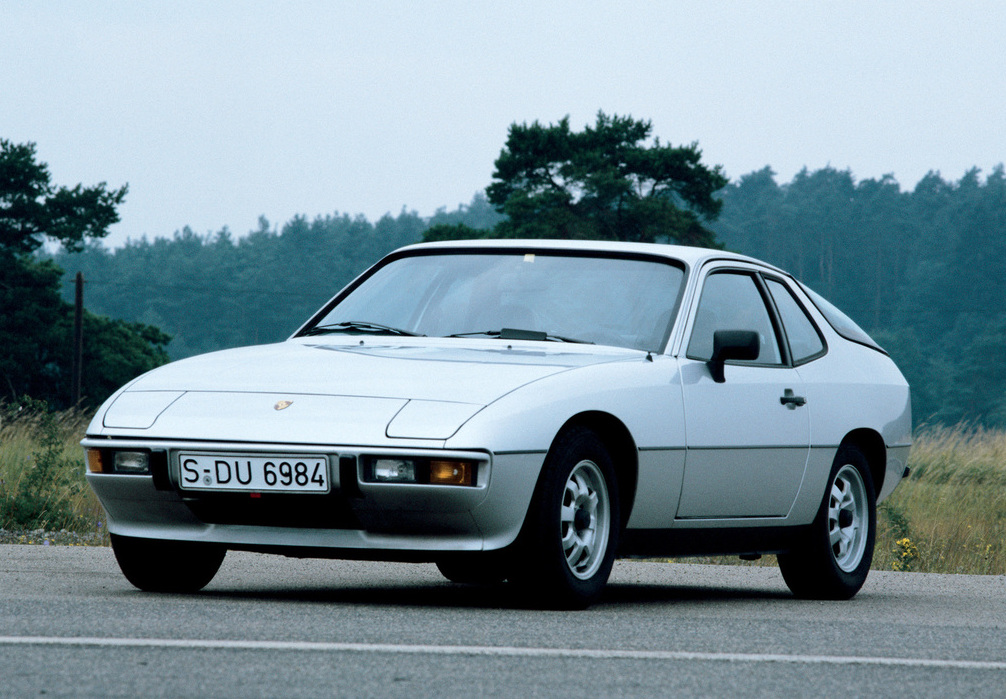
Like its predecessor, the air-cooled 914, the new car was the result of a joint venture by Volkswagen and Porsche, specifically the Vertriebsgesellschaft (VG), the company funded by the two marques to market and sell sports cars.
Porsche had been doing the bulk of Volkswagen’s development work since the 1940s, and was tasked with creating a sports car using an existing VW/Audi four-cylinder engine.
VW-Audi boss Kurt Lotz originally planned for the car to be marketed as a VW-Porsche, but when the VG was dismantled and Lotz was replaced by Rudolf Leising, it was to be either a VW or an Audi only.
A combination of the 1973 oil crisis and a series of regulatory changes in the US saw yet another new VW-Audi boss, Toni Schmuecker, drop the project entirely.
But Porsche still needed to replace the 914, and they thought the project had come too far to be abandoned.
They struck a deal to take over the project in its entirety, and build the machine at the virtually bankrupt former NSU factory in Neckarsulm – which suited Schmuecker just fine.
Porsche claimed that £60 million pounds went into the design, production and launch of the new car.
A Porsche, but not as they knew it
The 924 may have been met with scorn by Porsche purists, but the original 356 was, of course, powered by a Volkswagen engine, albeit air-cooled, and a host of other VW parts.
But the switch to a water-cooled engine placed at the front was too much for some.
Legendary motoring journalist Bill Boddy, writing in Motor Sport magazine, remembered hearing a young lady arriving at the Porsche stand at the 1976 London Motor Show and saying, “my God, that just isn’t a Porsche.”
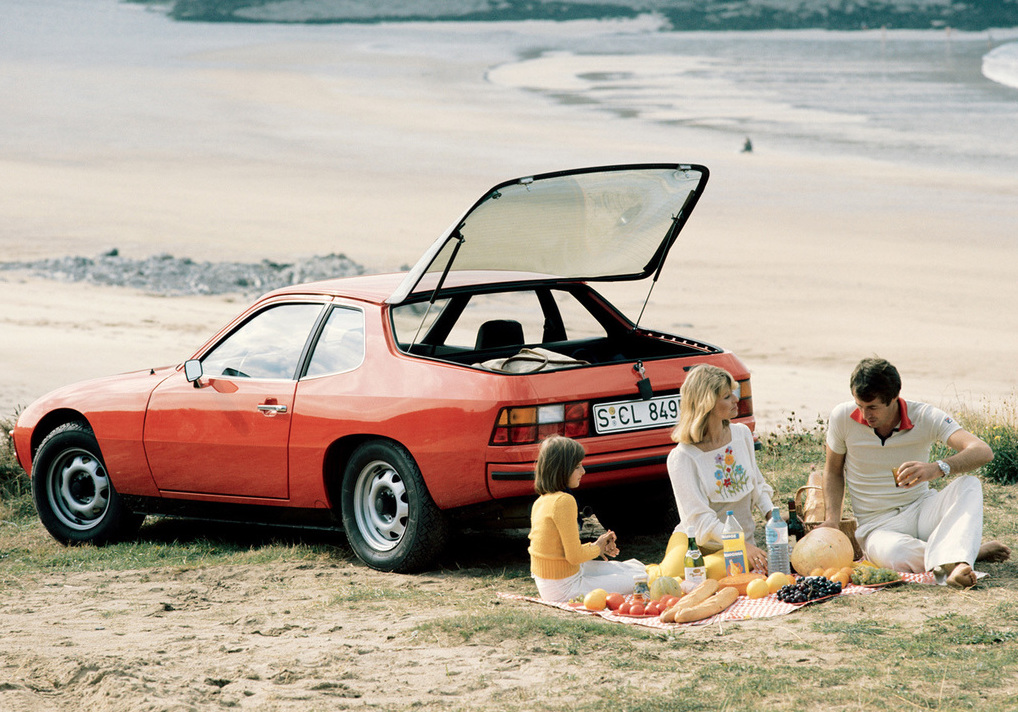
Edouard Seidler, in Motor Trend, wrote: “Its fathers at Porsche claim to dearly love the 924, they have given it as much care and attention as any of their other offspring. But 911 fans won’t recognise the 924 as one of the family.”
Porsche didn’t just chuck the 1984cc Audi engine into their new car though, and the handsome body was all their own work.
The cast iron, five-bearing engine block was given a Porsche-designed aluminium cylinder head with a single, belt-driven overhead camshaft operating two valves per cylinder.
Bosch K-Jetronic fuel injection was fitted, all resulting in a respectable output of 125bhp at 5,800rpm.
The rear suspension was taken from the Beetle, while the front was fitted with McPherson struts and wishbones.
Prices started at just under £7,000, rising by more than £500 for optional (controversially) front and rear anti-roll bars, Blaupunkt stereo, metallic paint and alloy wheels.
Seidler described “a smart combination of proven, economical and available components and, above all, a cheaper way to protect one’s ego under a Porsche badge”.
Porsche 924: early criticism
Road testers initially struggled to get their heads around this new front-engined Porsche, with Motor Trend writing that its configuration “requires a certain amount of psychological reorganisation” to accept it as a Porsche at all.
“It’s functional, simple and straightforward, albeit with a few teething problems yet to be ironed out,” it added. “In many ways it isn’t really a Porsche, but it definitely is a sports car.”
To Bill Boddy, it was “a Volkswagen trying very hard to be a Porsche”.
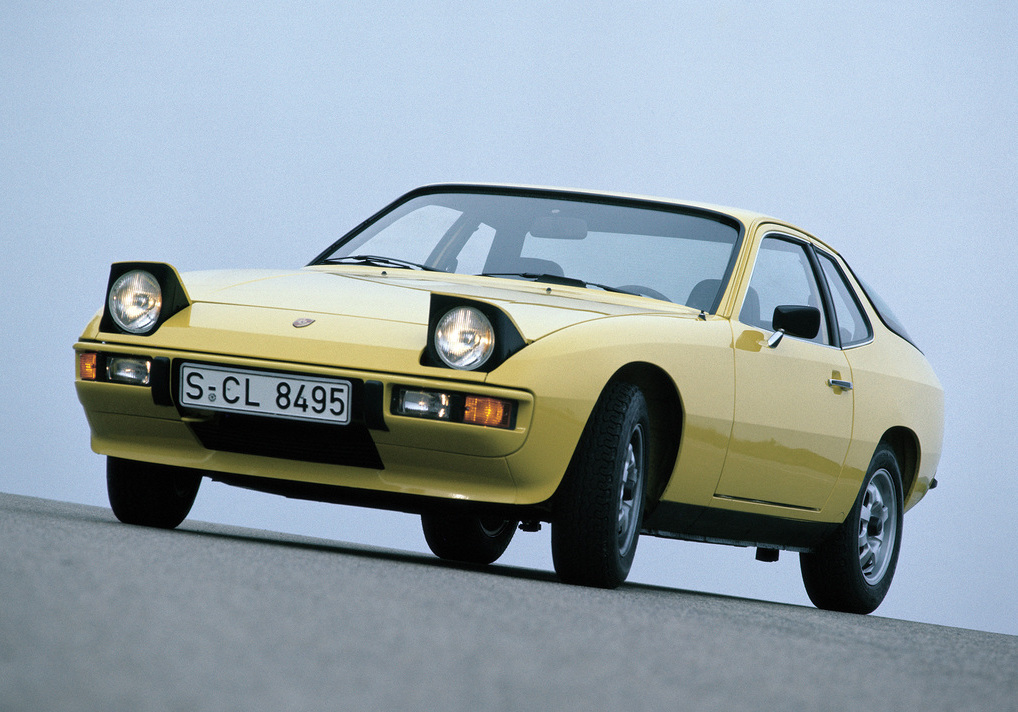
Clive Richardson, writing in Motor Sport, wondered if producing a down-market model with some significant flaws would “do much to tarnish a revered name”.
“The 924 is a bit like the curate’s egg: good in parts,” he continued. “The parts which are good, especially the handling, are exceptionally good. The parts which are bad, especially the noise, vibration and harshness are, well, bad.
“It is blandly unexciting, characterless, without much charm.”
That four-cylinder unit was not what Porsche owners had come to expect, but then most 924 buyers were probably those who had never been able to afford the flat-six smoothness of the 911.
“Don’t expect any Porsche music under the hood,” said Seidler. “There is as much difference between the 911 engine and this four-cylinder Audi power plant as jazz buffs will find between Louis Armstrong and a modern pop singer. The power compartment is not musical at high rpm, just noisy.”
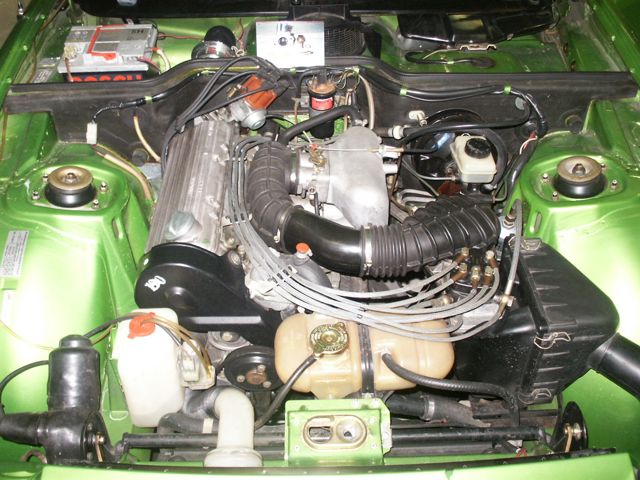
Richardson again: “The immediate impression of anybody who either rode in or drove the test car was the general aura of harshness, roughness and noise which pervaded every journey, however short.”
He also noted the “massive gap between second and third gears”, which “ruins the charm of the car, which cries out for a five-speed gearbox”.
Porsche 924: the good bits
This might give you the impression that the original 924 was a bit of a dog, but there was some praise to be found among the groans.
In addition, the new car was a bit with buyers, many of whom had been unexpectedly brought into the financial realms of Porsche ownership for the first time.
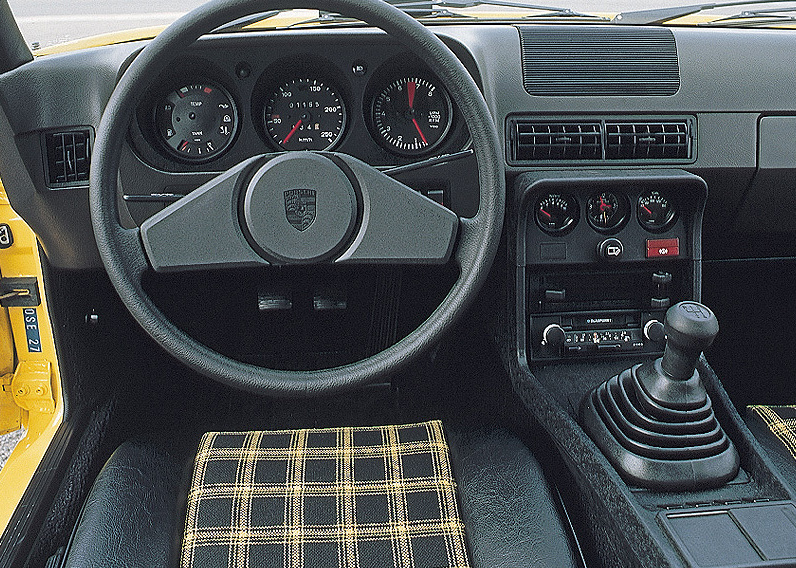
Writing in 1977, Motor Sport’s Richardons said: “The 924 has done remarkable things to the Zuffenhausen-based company’s turnover. Between the 924’s introduction in February 1976 and July, orders from Europe and the USA reached a level high enough to justify opening the taps to achieve the maximum production capacity of 109 cars per day, against about 50 911s. To Porsche this is a measure of the success of their philosophy.”
He added that a sub 9 second 0-60mph was “creditable performance in relation to power output against weight”, and a top speed of 125mph was rapid enough.
The handling and roadholding were up to the standard expected of Porsche, and Thoroughbred & Classic Cars magazine was having none of this Volkswagen in drag talk.
Adrian Flux Classic Car Insurance
“The 924 is very much a Porsche and feels it from the moment you sit in it,” it wrote. “(It is) a very practical Porsche as a family man’s sports car with most of the virtues for which Porsche is renowned, longevity and soundness of design and construction, coupled with economical running with long service intervals and frugal fuel consumption.
“If you want a Porsche and can’t afford a 911 then this is a very good compromise that in feel appears to owe nothing to the VW connection – it is a real Porsche.”
Much-needed improvements
In the short term, there wasn’t much Porsche could do about the harshness of the 2-litre engine, but they did address some other glaring deficiencies pretty quickly.
Having digested complaints about the ride quality from that part VW-derived suspension, engineers got to work and invited the press back to test the car again in 1978.
The rear suspension was now fully rubber-mounted, and front and rear anti-roll bars were finally fitted as standard.
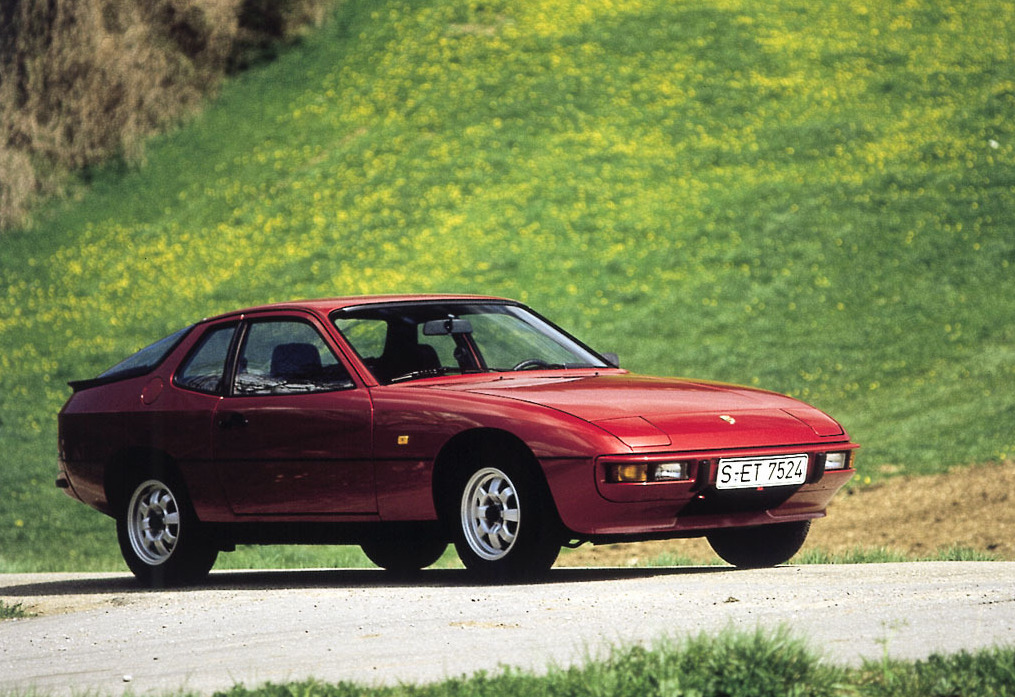
Motor Trend was invited to see if Porsche “was on the right track”, and concluded: “On a scale of 1 to 10 they were about 8 points worth on the right track. It (the suspension) was still on the stiff side, but the oscillation was gone entirely.”
“The 1977 Porsche 924 is a considerable improvement over the original offering. It’s not your back road racer, but it is an excellent cross-country grand tourer, smoothing out and getting rock stable at speed.”
Boddy, in Motor Sport, deemed the improved 924 “a splendid car to drive, on account of very good handling, light steering with a generous lock, and spongy but powerful, progressive disc drum braking”.
He was less enamoured by the four-speed gearbox, nor the oval steering wheel, so shaped so that drivers could actually see the instruments.
But despite it clearly being “less well-bred” than other Porsches, it was “a nevertheless acceptable relation to the rest of the Porsche family”.
In May 1978, CAR magazine pitted the 924 against the more dramatically styled, and much pricier (by £3,500), Lotus Eclat.
Despite its engine’s harshness at higher revs, the magazine found it “easy to like a car with the sort of performance and handling that graces the Porsche 924; and like it we do”.
“The latest 924s are vast improvements on the early models; indeed, the 924 has probably been improved more, and in a shorter time, than any other car we’ve encountered.
“But it is still let down by a little too much harshness in the suspension, and in the engine at high revs. It needs more refinement. It has the potential to be a really good car as well as an entertaining one; and knowing Porsche, it probably won’t be long before it ends up that way.”
Porsche 924 Turbo
Porsche was keen to bridge the performance gap between the 924 and the 911, and did so in some style by introducing the 924 Turbo in 1978.
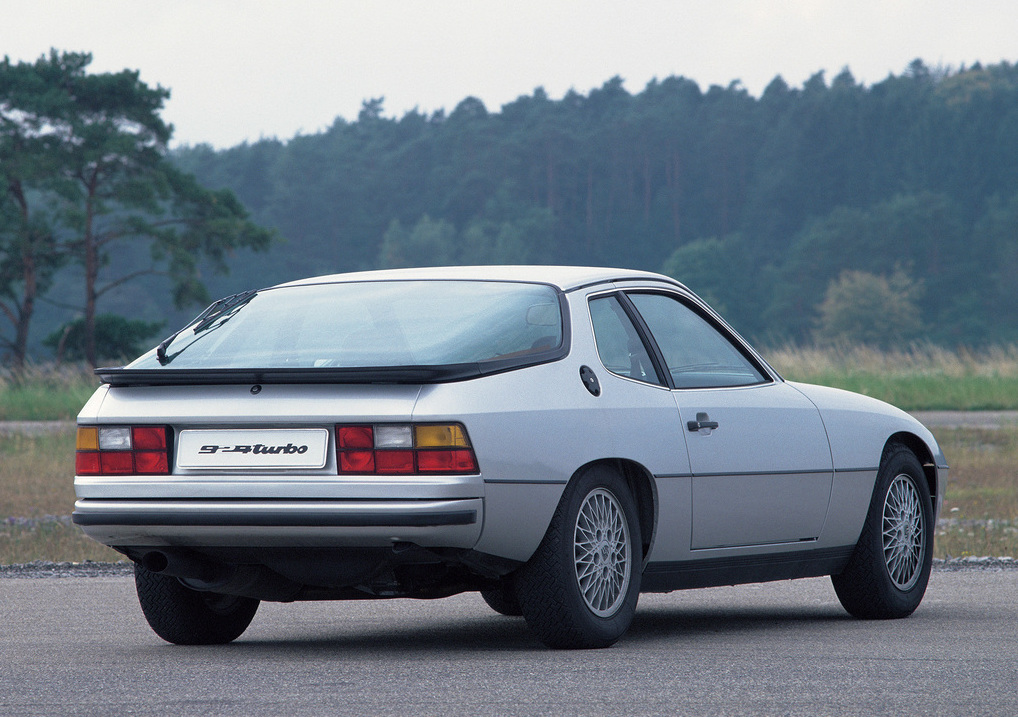
A KKK K-26 turbocharger extracted an extra 45bhp from the heavily revised four-cylinder engine, which now produced 170bhp at 5,500rpm, with torque up from 121lb ft at 3,500rpm to a hefty 180lb ft.
The five-stud hubs and wheel bearings were from the 911SC, with ventilated disc brakes from the 911 at the front, and the 928 at the rear.
It was an altogether more purposeful looking car, thanks to four ducts at the top of the nose and a NACA duct to aid cooling in the top of the bonnet.
There was also a rubber tail spoiler attached to the glass hatchback, and further ducting beneath the nose.
And it all added up to what Motor Sport’s Richardson called “a new breed of supercar”, one that competed well in tests with the likes of the more expensive Aston Martin V8 and Porsche’s own 911 3.0SC.
After experiencing the “stupendous performance” of the Turbo over 900 miles, he was “almost as loath to hand it back to Porsche as I am 911s”.
“It is supremely fast, extraordinarily economical in relation to its performance, practical, comfortable and at times even very exciting,” he added. “Here, then, is a VW which has grown up into a Porsche.”
The extra performance (0-60 in 7 seconds) came at a price – £13,029 against £9,582 for the 924 Lux, but this represented a complete revision of the standard car, not just a bolt-on turbo kit, and it was still cheaper than other cars with similar performance.
Get the engine revving above 3000rpm, and Richardson said that “this turbocharged Porsche surges away in a manner which leaves most other performance cars gasping for breath”.
Motor magazine was similarly impressed, making a bold claim for the 924’s future.
“As they’ve proved with the 911, Porsche aren’t averse to steady, long-term development. Therefore it shouldn’t be long before the 924 Turbo becomes one of the world’s great cars.”
Porsche 924 Carrera GT
The 924 Turbo achieved some success in motorsport, predominantly on the rally circuit, and in 1979 the company unveiled a concept version of the 924 Carrera GT at the Frankfurt Auto show.
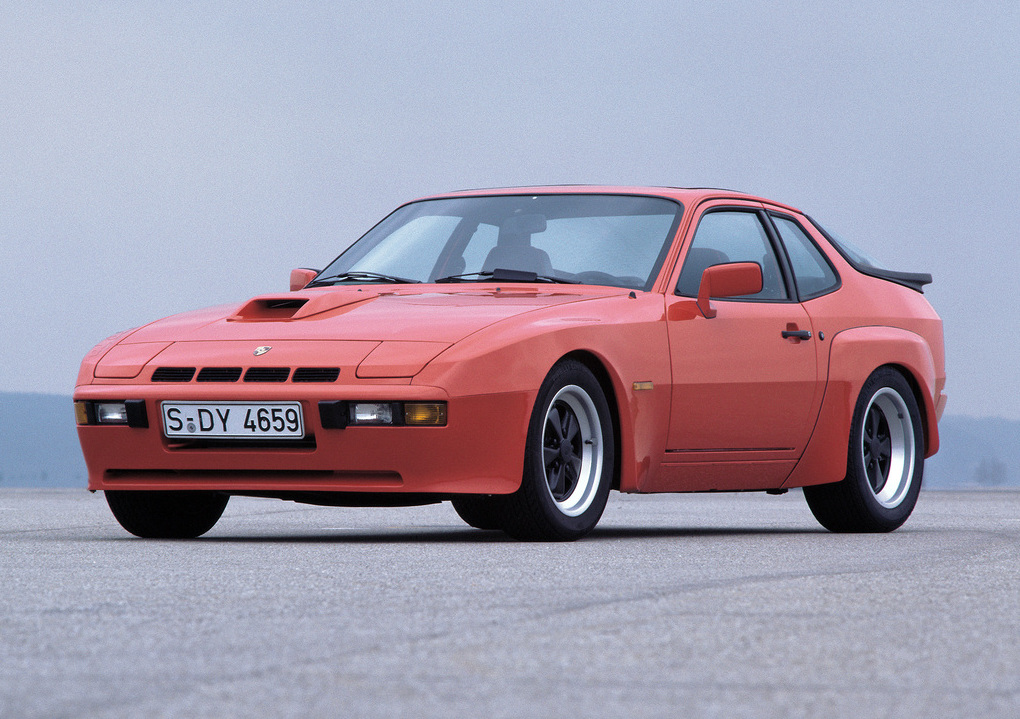
This was the racer that Porsche had always wanted the 924 to become, with 400 examples sold – only 75 of which came in right hand drive – to allow the car to qualify for Group 4 racing.
Every one of those right hand drive cars was sold, for £19,210, before they even hit the showrooms.
It provided the basis for the turbocharged, 375bhp 924 Carrera GTR race car, which went on to finish sixth, 12th and 13th overall at Le Mans in 1980, followed by the 924 Carrera GTP, which took seventh the following year.
The roadgoing Carrera GT differed visually from the standard 924 Turbo, with its widened front wings, polyurethane front spoiler, top-mounted air scoop for the intercooler, and much larger rubber rear spoiler.
Paintwork was available in black, guards red and diamond silver, while equipment levels were very high for a homologation special.
Recaro seats with red pinstriping were joined by high-quality carpeting, stereo radio-cassette player, electric windows, and remote-adjusting electric mirrors, with optional air conditioning and a lift-out sunroof.
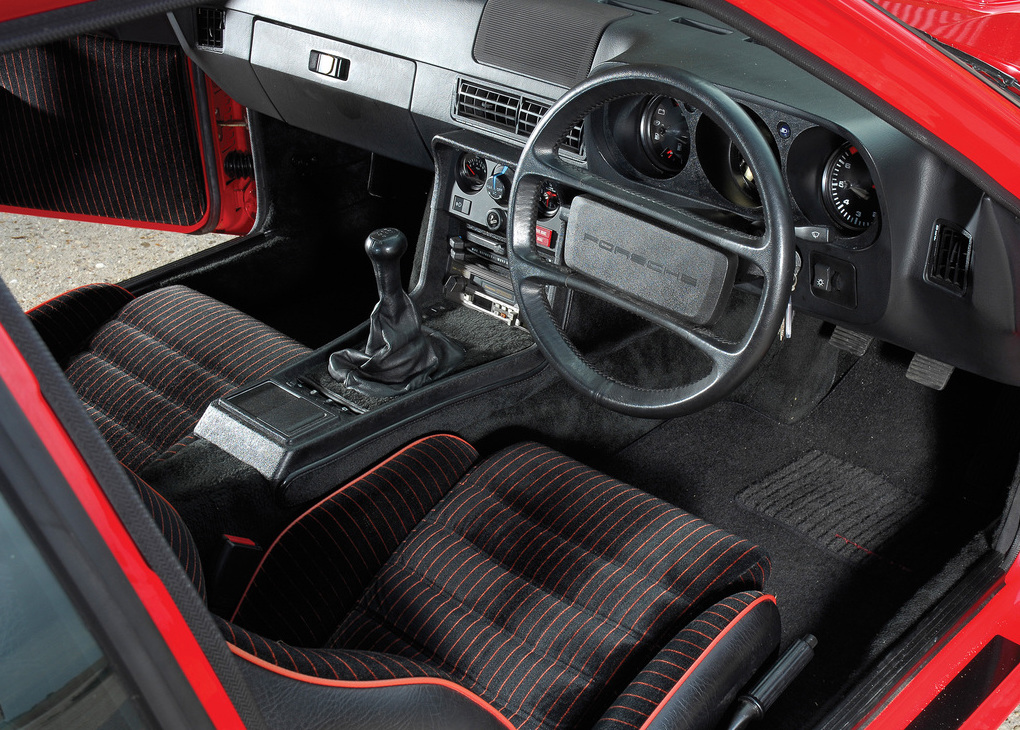
Under the bonnet, the intercooler helped to boost power from the Turbo’s 170bhp to 210bhp at 6,000rpm, resulting in a 0-60mph time of under 7 seconds and a claimed top speed of 149mph.
And all from that same, 2-litre inline four.
Writing in CAR magazine in 1981, Steve Cropley described a “brilliantly developed and balanced” chassis, and predicted that the 924 Carrera GT showed the way to the future.
“Given a few years, it will breed sports cars which you and I will not only be able to afford to own, but to run as well.”
Buyers were not only getting an exceptional car, but also an instant, limited edition classic – these days, a right hand drive 924 Carrera GT might set you back anything from £70,000 to £100,000.
The Porsche-engined 924S
When Volkswagen decided to stop manufacturing the 2-litre engine blocks used in the 924, Porsche was left with a dilemma.
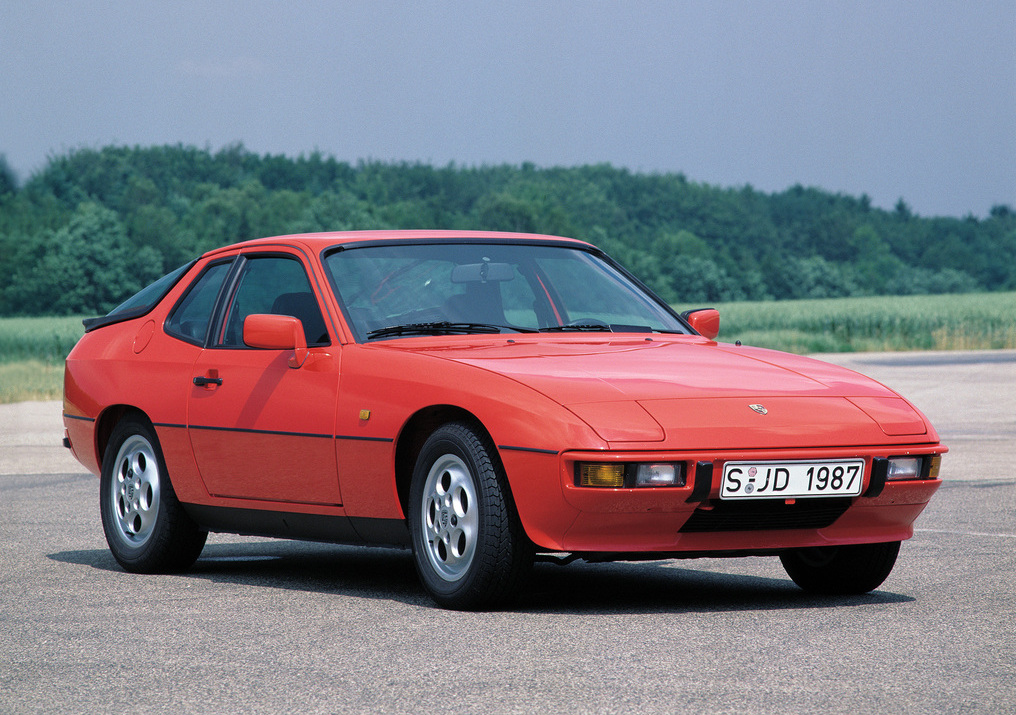
To drop the 924, or to give it a Porsche engine?
The former would have left the company without an entry-level model, so instead they opted to use a mildly detuned version of the 944’s much lauded 2.5-litre straight four.
It became the 924S, with power now 150bhp, up 25bhp from the previous standard 2-litre unit.
Performance, compared with the standard car, was rapid, cutting more than a second off the dash to 60mph, reaching the mark in 7.8 seconds.
“For a four-cylinder, it is an extraordinarily gutsy unit, and its smoothness is even more amazing,” wrote CAR in 1984. “So unfussed does it feel at high revs that it’s easy to hear the engine stutter like a machine gun firing, as the cut-out tells you the fun has stopped unless you find another gear.”
Motor noted that, now that the 924 had a proper Porsche engine, the “jibes will have to stop”.
“There can be no doubt that the new engine is what the 924 has been waiting for,” it wrote. “Point the 924S at a demanding road where performance counts and its superiority over its predecessor is impossible to dispute.”
The 924 was a huge success for Porsche, and remained in production until 1988, when the company decided to focus on more upmarket models.






